How Electric Vehicle Production Can Cause Upstream Biodiversity Loss
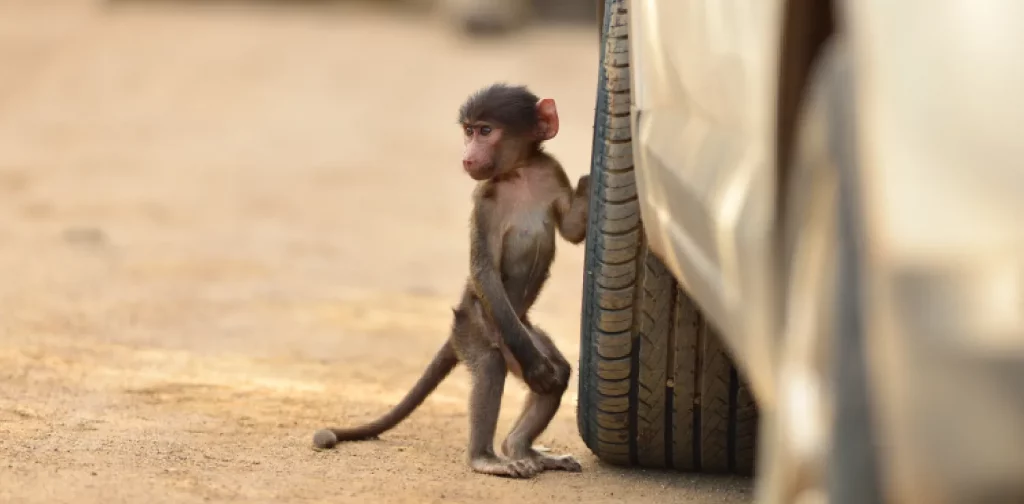
Photo: Hartono Subagio on Pixabay.
Electric vehicles (EVs) are now considered an alternative to gas-powered vehicles. In 2018, transportation accounted for 24% of total carbon emissions from energy, with 74% from road vehicles alone. Supposedly, EVs can reduce up to 1.5 gigatons of CO2 per year during their lifetime. With increased public awareness and government support, demand for EVs has steadily grown, increasing electric vehicle production.
Unfortunately, the production of EVs requires exploitative resources. Despite being low-carbon in its operation, the environmental footprint from its production may be more damaging than gas-powered vehicles. Some of its materials are extracted through an industry infamous for being not-so-sustainable, mining.
Rising global demand
Electric cars have reached a record-breaking global sales demand of more than 10 million by 2022. The IEA projected that these numbers could grow by 35% in 2023.
Consequently, the demand for battery supply and materials had risen rapidly. EVs run on batteries usually made from lithium, cobalt, and nickel. In 2022, 60% of lithium, 30% of cobalt, and 10% of nickel demand were for EV batteries alone. These shares were around 15%, 10%, and 2% in 2017. This rapid growth is lucrative for mining companies everywhere.
Impacts on biodiversity
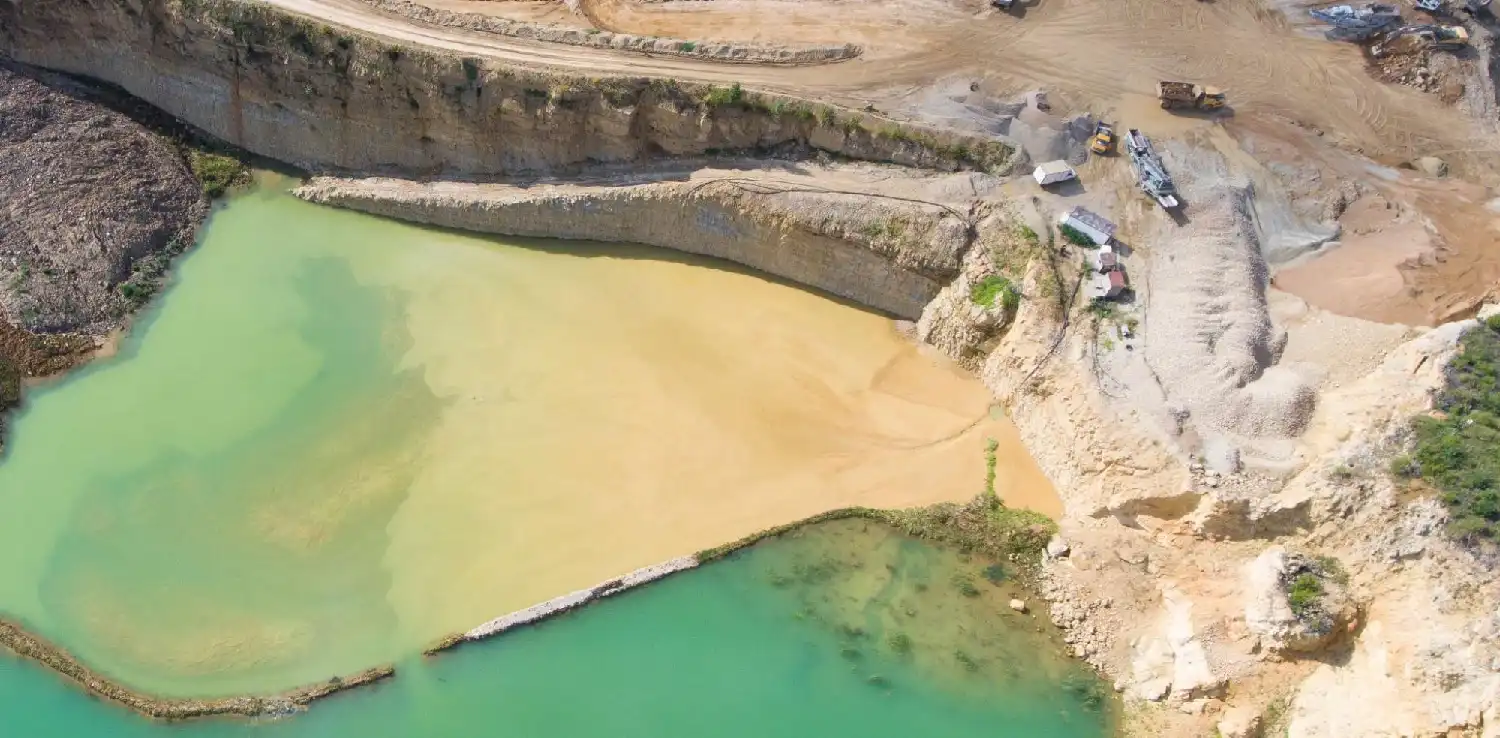
Mining has long since become a driver of biodiversity loss through massive logging and land conversion. Between 2000 and 2019 alone, mining has driven the destruction of 3,264 km2 of forests, led by countries such as Indonesia, Brazil, Ghana, and Suriname.
While countries force mining companies to conduct environmental impact assessments for mining concessions, most do not include indirect impacts. Direct impacts are activities within the mining concession, e.g., extraction sites and waste rock dumps. Indirect impacts emerge from areas outside of concessions that can only occur due to mining activities, like in-migration settlements. In Brazil, the indirect impacts of mining leases are as high as 12-fold outside of the mining concession.
Deforestation within mining concessions drives deforestation outside of concessions. Then, this leads to increased land conversion and human access, resulting in habitat encroachment and poaching. All of those threaten biodiversity.
One study assessed that 84% of the IUCN Red List species are threatened by mine-induced habitat encroachment. For instance, large and mid-sized mammals generally require a fair amount of forest territory for mating and foraging. With reduced habitat, these animals may enter human settlements and cause conflict. Poaching also becomes rampant as human access increases.
Are good practices possible for electric vehicle production?
Development cannot exist without environmental damage. However, the extent of damage can be minimized or mitigated.
Nowadays, reputable companies use a no-net-loss/net-gain approach. Biodiversity no-net-loss means project-related impacts on biodiversity are countered by its mitigation efforts, like on-site restoration. Meanwhile, net gains are additional outcomes gained by conservation efforts by the project. In some cases, biodiversity net gains are achievable.
Net loss and net gain can only be quantified if assessments are conducted before and during the project life. They should assess on-site and off-site impacts as well as the overall supply chain. Currently, development banks such as the World Bank Group have made cumulative project impacts as part of the assessment needed in loan applications.
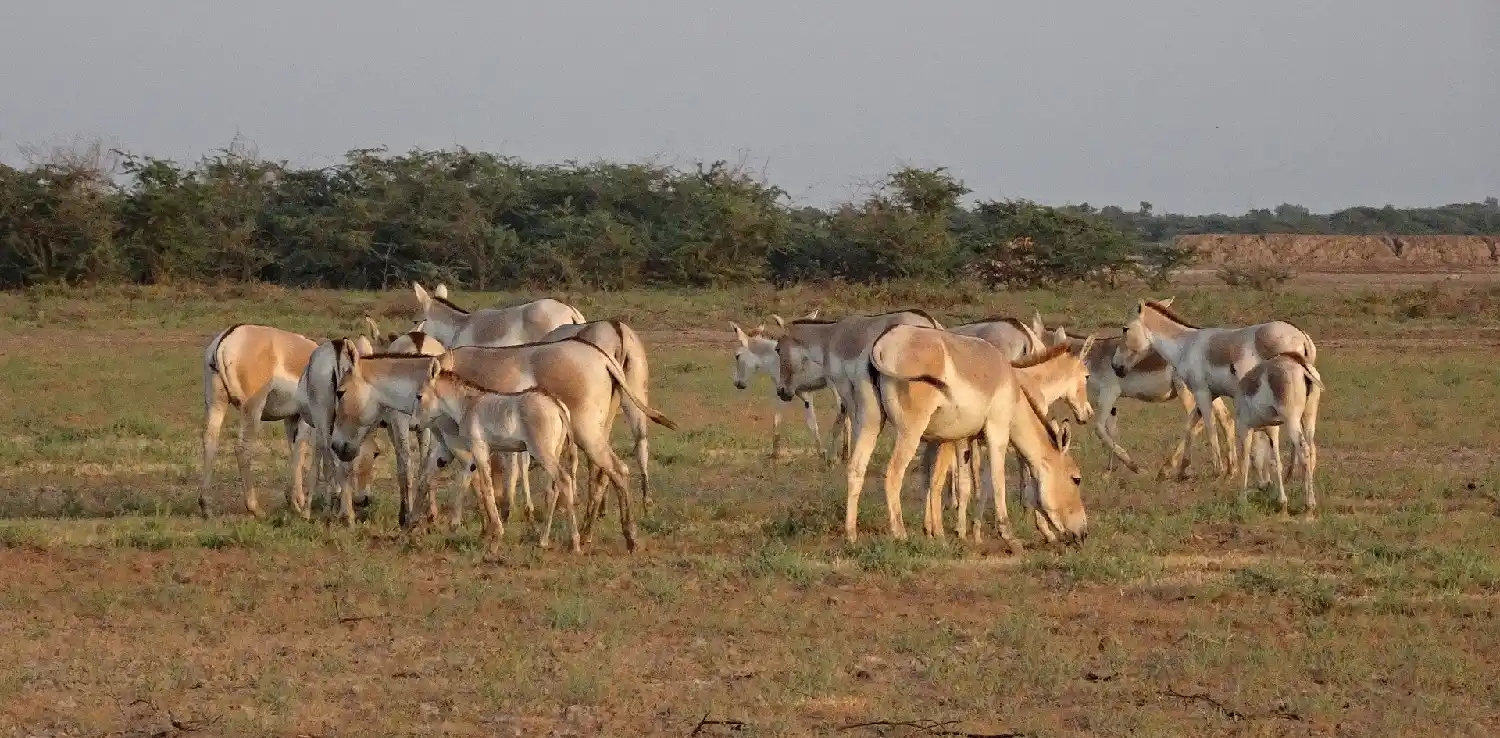
Good practice is demonstrated in Oyu Tolgoi, Mongolia. The mining concession overlaps with the Gobi desert, home to the near-threatened Asiatic wild ass. Efforts to prevent illegal forest exploitation and reduce human access are in place, and the company goes the extra mile by investing in 46,000 km2 of rangeland outside of the concession. These rangelands are the grazing site of the nomadic Asiatic wild ass and, eventually, a safe haven for them to roam.
Sustainable development is intersectional
World Business Council for Sustainable Development reports that only a minority of mining companies establish no-net-loss/net-gain targets. Companies are reluctant to use this approach as it is resource-consuming and not obligated in several countries.
It is unfortunate that an environmentally-friendly option can cause biodiversity loss, such as in the case of electric vehicle production. Impacts go unnoticed because they occur upstream of the EV supply chain. Even though EV companies manufacture their goods sustainably, there is no telling how sustainable their materials are if they do not check their sources diligently.
Companies should focus on the overall supply chain instead of only the end product. Only by then can companies genuinely, positively impact the intersectionality of sustainable development.
Editor: Nazalea Kusuma
Thank you for reading!
Green Network Asia – International Annual Individual Membership supports your personal and professional growth with unlimited online access to our “Exclusive Content” platform purposefully designed to showcase cross-sectoral insights on sustainable development and sustainability in the Asia Pacific and beyond. Enjoy the Membership benefits, including -but not limited to- public policy & regulatory updates, easy summaries of research findings & reports, and impact stories from governments, businesses, and civil society.

Lalita Fitrianti
Ata is the Manager for Organizational Membership & Partnership at Green Network Asia. She graduated from the University of Queensland, Australia, with a master's degree in Environmental Management and Institute Teknologi Bandung (ITB) with a bachelor's degree in Biology.


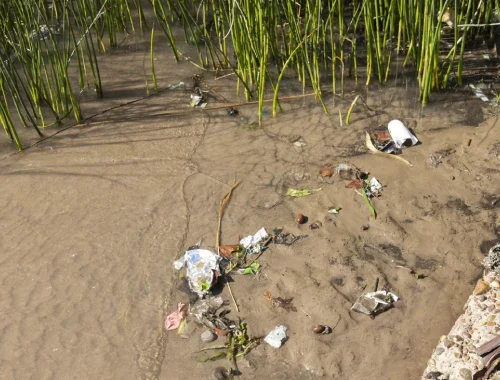 Upholding the Machángara River’s Rights of Nature Against Pollution
Upholding the Machángara River’s Rights of Nature Against Pollution  Accelerating Gender-Responsive Disaster Management with Sendai Gender Action Plan
Accelerating Gender-Responsive Disaster Management with Sendai Gender Action Plan  ASEAN and the EU Support Sustainable Connectivity with a Higher Education Program
ASEAN and the EU Support Sustainable Connectivity with a Higher Education Program  Australia Proposes Right to Housing Bill to Tackle Housing Crisis
Australia Proposes Right to Housing Bill to Tackle Housing Crisis 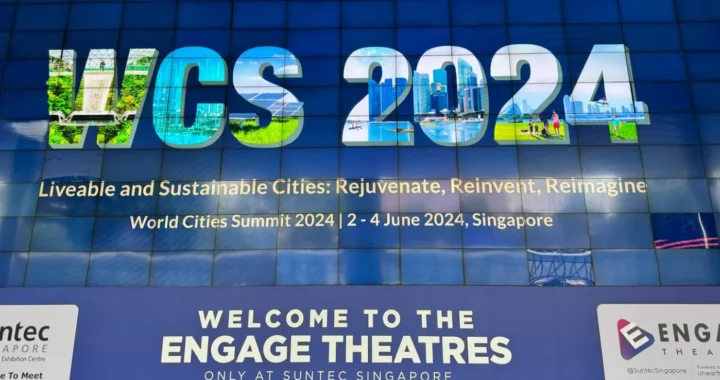 World Cities Summit 2024: A Trigger to Help Build a Sustainable Singapore
World Cities Summit 2024: A Trigger to Help Build a Sustainable Singapore 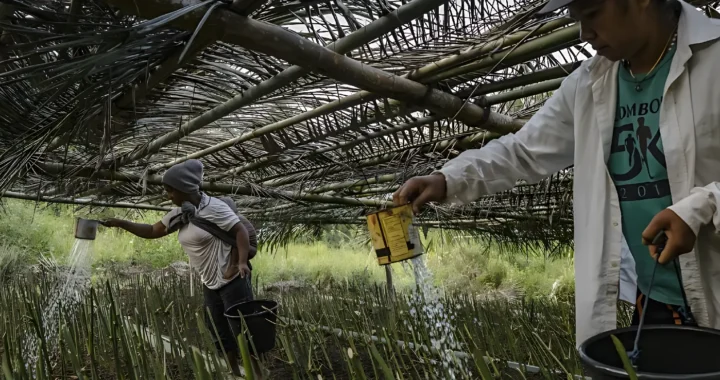 Mama Bambu: How Women in Flores, Indonesia Take Part in Environmental Conservation
Mama Bambu: How Women in Flores, Indonesia Take Part in Environmental Conservation